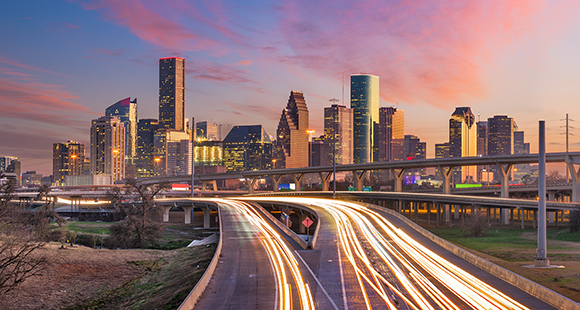Tomorrow’s Workforce — What Should Occupier’s Expect Post COVID-19?
The pandemic will result in fundamental changes that alter how office spaces are designed and operated for years to come. After months of working from home, millions will return to work with a shift in viewpoint and expectation. The pandemic is uncharted territory for everyone, and businesses are finding ways to plan and prepare for this drastic change in workplace.
So how do you prepare for this new normal? And what should occupiers expect? For starters, we can only assume there will be stricter cleaning regulations, continued social distancing, and changes in workplace design. Below we cover 5 concepts occupiers should anticipate as they return to life after COVID-19, in the office and beyond.
1. Stepped up cleaning
Occupiers can expect hand sanitizer stands positioned in lobbies and around offices, wipes readily available for employees, and extra hand soap in kitchens and restrooms. Employees may be given the option to wear masks, and maintenance staff should consider purchasing more powerful cleaners and swabbing commonly touched areas frequently. Signs should be posted reminding everyone to wash their hands with visually displayed routes within offices to control traffic flow.
2. Social distancing
Density ratios will reduce, putting limits on the number of people allowed in common areas. Creating workstations at least 6 feet apart may lead to new seating arrangements. Companies should consider phasing in employees or having shorter in-office schedules to lessen congestion.
3. Remote work
Employees being forced to work from home has caused a lot of people to realize that the “work from anywhere” concept is actually possible. Employers may put a renewed focus on outcomes instead of controlling employee time, creating more flexible work schedules. The remote work practices companies have adopted as their new normal will most likely continue post-pandemic.
4. Changes in office design
Offices should consider mirroring healthcare design, incorporating building materials like copper, brass, and bronze into the workplace to discourage the spread of germs. Businesses should also consider replacing fabrics with those that are easier to wash, while staggering desks and creating more room in common areas.
Click here to view a sample Return to Work plan
5. Automation and Voice Technology
Sensor-activated controls could be added within offices to remove the need to physically touch common areas. There will also be continued utilization of video conferencing and online chat platforms when communicating with employees and holding meetings.
COVID-19 has demanded a new view of the workplace. The transition back to work will be a learning experience for everyone, and it is important that occupiers think through and plan for how this will affect their business. If you need help navigating your way through this unprecedented time, Cresa is here to help. Feel free to reach out to Tom Tindall, Brooks Morris, and Wilson Johnson with any questions you may have.




